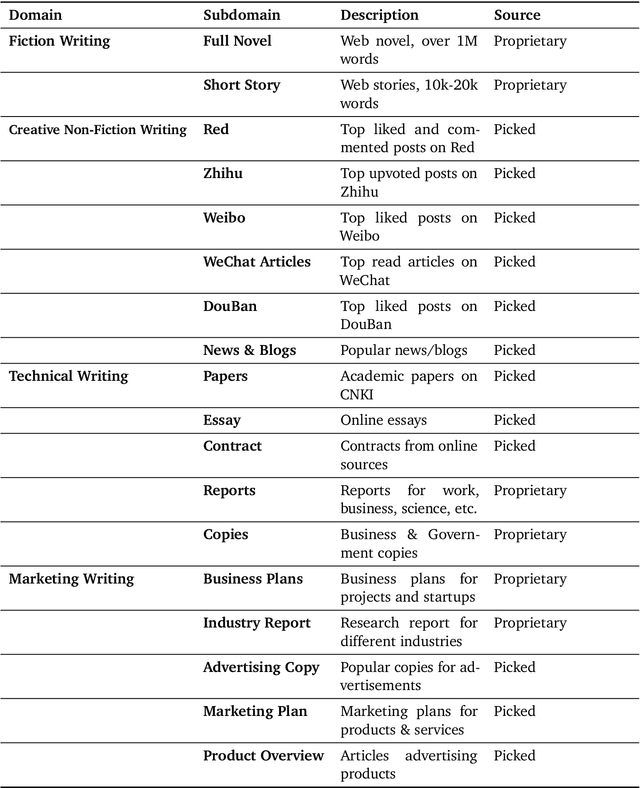Huilin Wang
VulCPE: Context-Aware Cybersecurity Vulnerability Retrieval and Management
May 20, 2025Abstract:The dynamic landscape of cybersecurity demands precise and scalable solutions for vulnerability management in heterogeneous systems, where configuration-specific vulnerabilities are often misidentified due to inconsistent data in databases like the National Vulnerability Database (NVD). Inaccurate Common Platform Enumeration (CPE) data in NVD further leads to false positives and incomplete vulnerability retrieval. Informed by our systematic analysis of CPE and CVEdeails data, revealing more than 50% vendor name inconsistencies, we propose VulCPE, a framework that standardizes data and models configuration dependencies using a unified CPE schema (uCPE), entity recognition, relation extraction, and graph-based modeling. VulCPE achieves superior retrieval precision (0.766) and coverage (0.926) over existing tools. VulCPE ensures precise, context-aware vulnerability management, enhancing cyber resilience.
AI PERSONA: Towards Life-long Personalization of LLMs
Dec 17, 2024Abstract:In this work, we introduce the task of life-long personalization of large language models. While recent mainstream efforts in the LLM community mainly focus on scaling data and compute for improved capabilities of LLMs, we argue that it is also very important to enable LLM systems, or language agents, to continuously adapt to the diverse and ever-changing profiles of every distinct user and provide up-to-date personalized assistance. We provide a clear task formulation and introduce a simple, general, effective, and scalable framework for life-long personalization of LLM systems and language agents. To facilitate future research on LLM personalization, we also introduce methods to synthesize realistic benchmarks and robust evaluation metrics. We will release all codes and data for building and benchmarking life-long personalized LLM systems.
Weaver: Foundation Models for Creative Writing
Jan 30, 2024



Abstract:This work introduces Weaver, our first family of large language models (LLMs) dedicated to content creation. Weaver is pre-trained on a carefully selected corpus that focuses on improving the writing capabilities of large language models. We then fine-tune Weaver for creative and professional writing purposes and align it to the preference of professional writers using a suit of novel methods for instruction data synthesis and LLM alignment, making it able to produce more human-like texts and follow more diverse instructions for content creation. The Weaver family consists of models of Weaver Mini (1.8B), Weaver Base (6B), Weaver Pro (14B), and Weaver Ultra (34B) sizes, suitable for different applications and can be dynamically dispatched by a routing agent according to query complexity to balance response quality and computation cost. Evaluation on a carefully curated benchmark for assessing the writing capabilities of LLMs shows Weaver models of all sizes outperform generalist LLMs several times larger than them. Notably, our most-capable Weaver Ultra model surpasses GPT-4, a state-of-the-art generalist LLM, on various writing scenarios, demonstrating the advantage of training specialized LLMs for writing purposes. Moreover, Weaver natively supports retrieval-augmented generation (RAG) and function calling (tool usage). We present various use cases of these abilities for improving AI-assisted writing systems, including integration of external knowledge bases, tools, or APIs, and providing personalized writing assistance. Furthermore, we discuss and summarize a guideline and best practices for pre-training and fine-tuning domain-specific LLMs.
An adaptive Simulated Annealing-based satellite observation scheduling method combined with a dynamic task clustering strategy
Jan 14, 2014



Abstract:Efficient scheduling is of great significance to rationally make use of scarce satellite resources. Task clustering has been demonstrated to realize an effective strategy to improve the efficiency of satellite scheduling. However, the previous task clustering strategy is static. That is, it is integrated into the scheduling in a two-phase manner rather than in a dynamic fashion, without expressing its full potential in improving the satellite scheduling performance. In this study, we present an adaptive Simulated Annealing based scheduling algorithm aggregated with a dynamic task clustering strategy (or ASA-DTC for short) for satellite observation scheduling problems (SOSPs). First, we develop a formal model for the scheduling of Earth observing satellites. Second, we analyze the related constraints involved in the observation task clustering process. Thirdly, we detail an implementation of the dynamic task clustering strategy and the adaptive Simulated Annealing algorithm. The adaptive Simulated Annealing algorithm is efficient, with the endowment of some sophisticated mechanisms, i.e. adaptive temperature control, tabu-list based revisiting avoidance mechanism, and intelligent combination of neighborhood structures. Finally, we report on experimental simulation studies to demonstrate the competitive performance of ASA-DTC. Moreover, we show that ASA-DTC is especially effective when SOSPs contain a large number of targets or these targets are densely distributed in a certain area.
 Add to Chrome
Add to Chrome Add to Firefox
Add to Firefox Add to Edge
Add to Edge